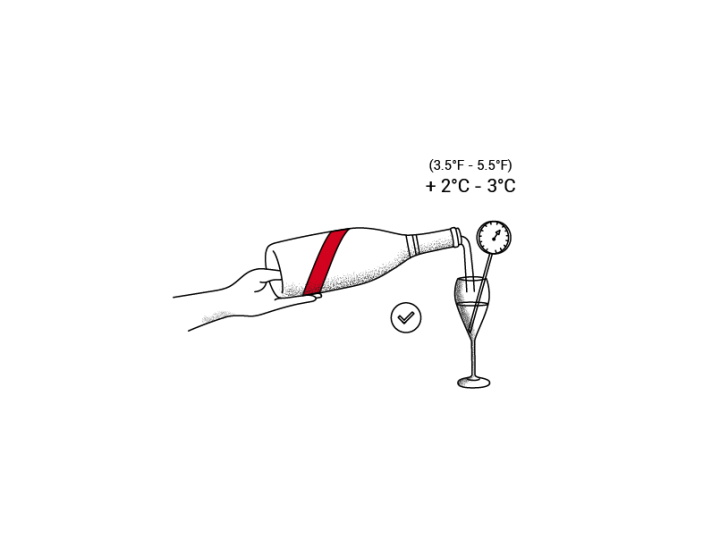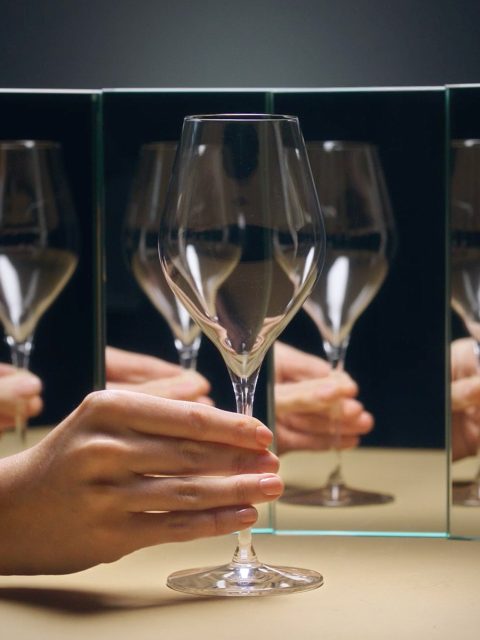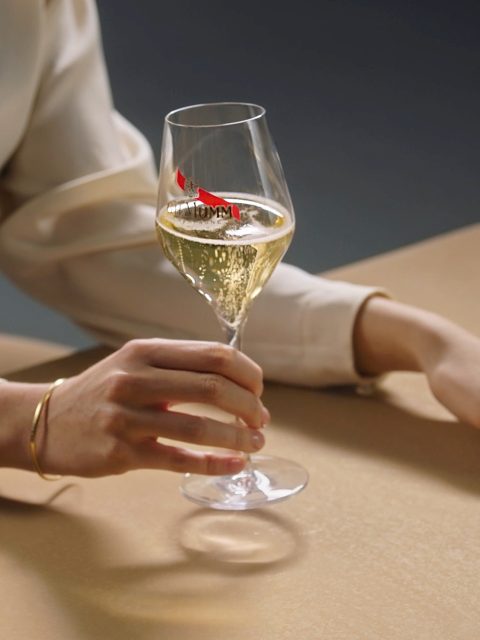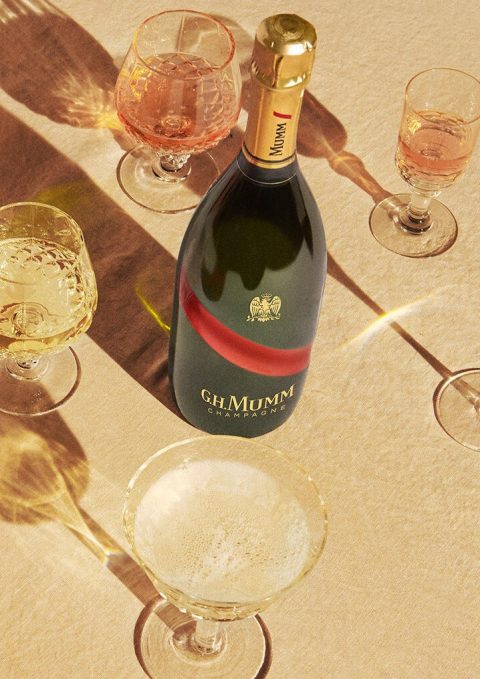The right way to serve champagne
Champagne is one of life’s great pleasures, ideal for any occasion. Serving champagne is not complicated, but to truly get the most out of your prized bottles there are a few simple rules to follow. Start by making sure that your champagne is chilled to just the right temperature.
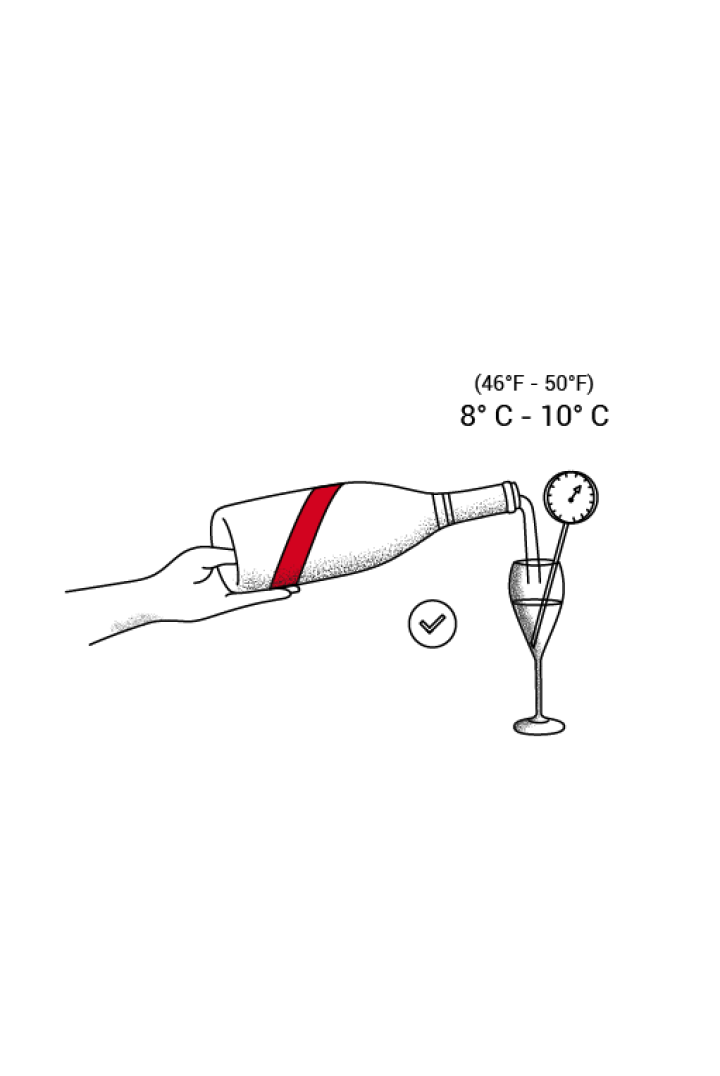
KEEP IT COOL, BUT NOT TOO COOL —THE IDEAL TEMPERATURE FOR SERVING CHAMPAGNE
It is a common misconception that champagne needs to be served ice cold. In reality, a freezing cold wine will numb your taste buds and struggle to express its full aromatic potential. At the other end of the scale, lukewarm champagne will lose its fizz too quickly, dulling its delicate flavours.
The ideal temperature at which to enjoy the crisp, refreshing sparkle of fine champagne is somewhere in the region of 8 to 1O°C.
There are certain exceptions to that rule, however, primarily for rarer special cuvées and mature vintage champagnes. To fully appreciate the complex character of an older vintage or grand cuvée bottling, serve the champagne slightly warmer but still lightly chilled, ideally between 12 and 14°C.
HOW TO CHILL A BOTTLE OF CHAMPAGNE TO THE IDEAL SERVING TEMPERATURE
There are many ways of bringing champagne to its ideal serving temperature: the best option is to store your champagnes in a cellar or special refrigerated cabinet, keeping the bottles at a steady temperature.
For those of us without access to a temperature-controlled cellar, the perfect temperature can still be easily achieved: simply lay the bottle of champagne down on its side on the bottom shelf of your refrigerator for approximately three hours before you plan to open it.
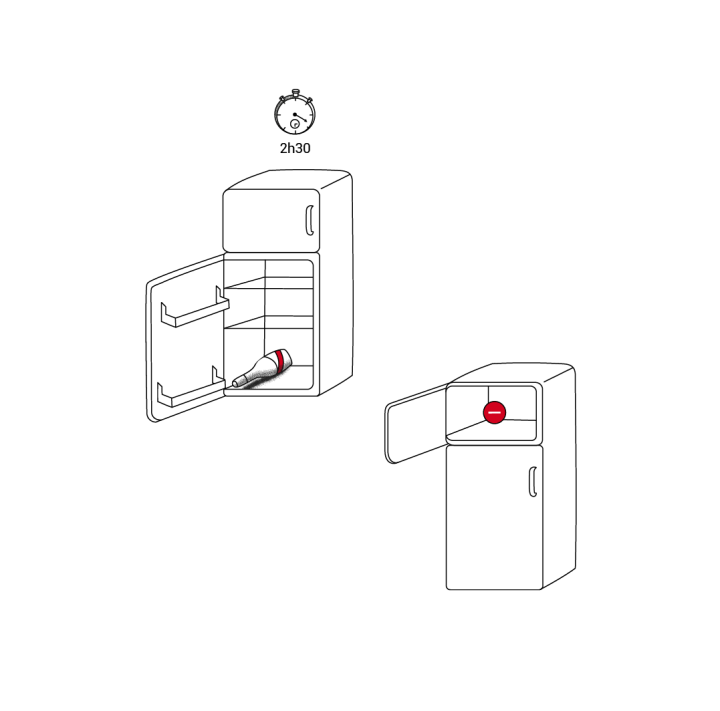
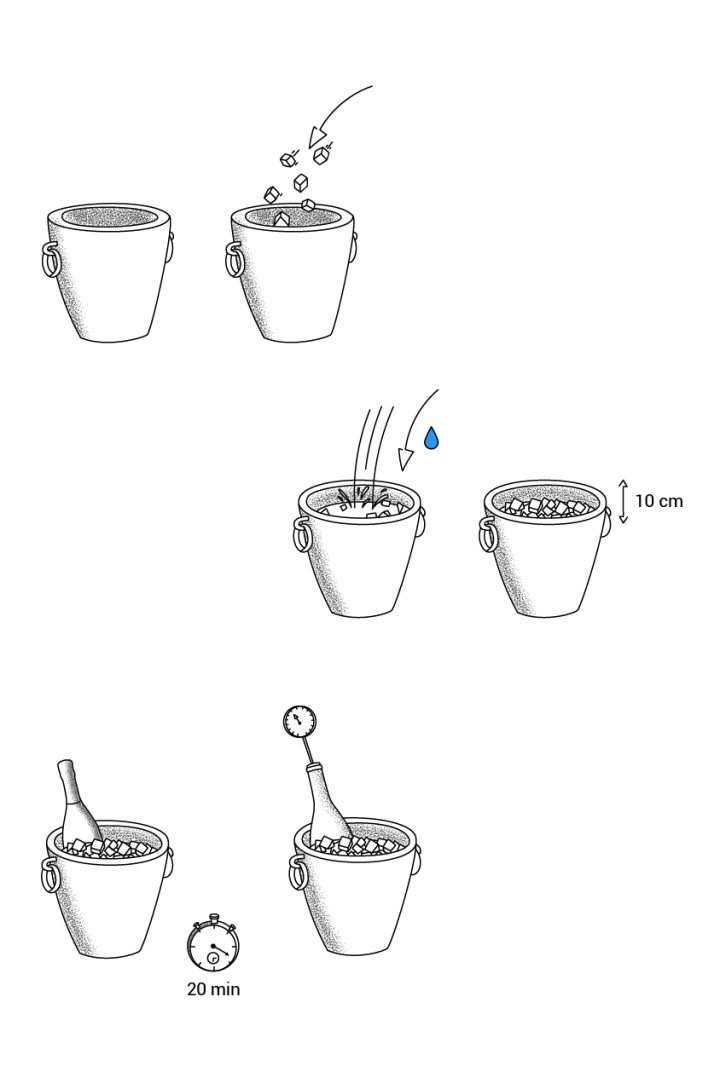
A TIME-SAVING TIP FOR CHILLING CHAMPAGNE AT SHORT NOTICE
For those occasions when you find yourself in sudden need of champagne, the quickest way to chill a bottle down to serving temperature is to place it in a metal champagne bucket filled with two thirds cold water and one third ice. Leave to chill for approximately 20 minutes, then remove the bottle from the bucket and dry gently with a cloth before opening.
CHAMPAGNE WARMS UP SLIGHTLY IN THE GLASS
Once it has been poured, the temperature of your champagne will often rise by 2 or 3°C, depending on the weather or the temperature in the room. To avoid warming the champagne any further, hold your glass by the stem rather than the bowl.
One way to get round this problem is to pour the champagne at slightly below the recommended temperature, allowing it to warm to just the right degree by the time it reaches your guests.
